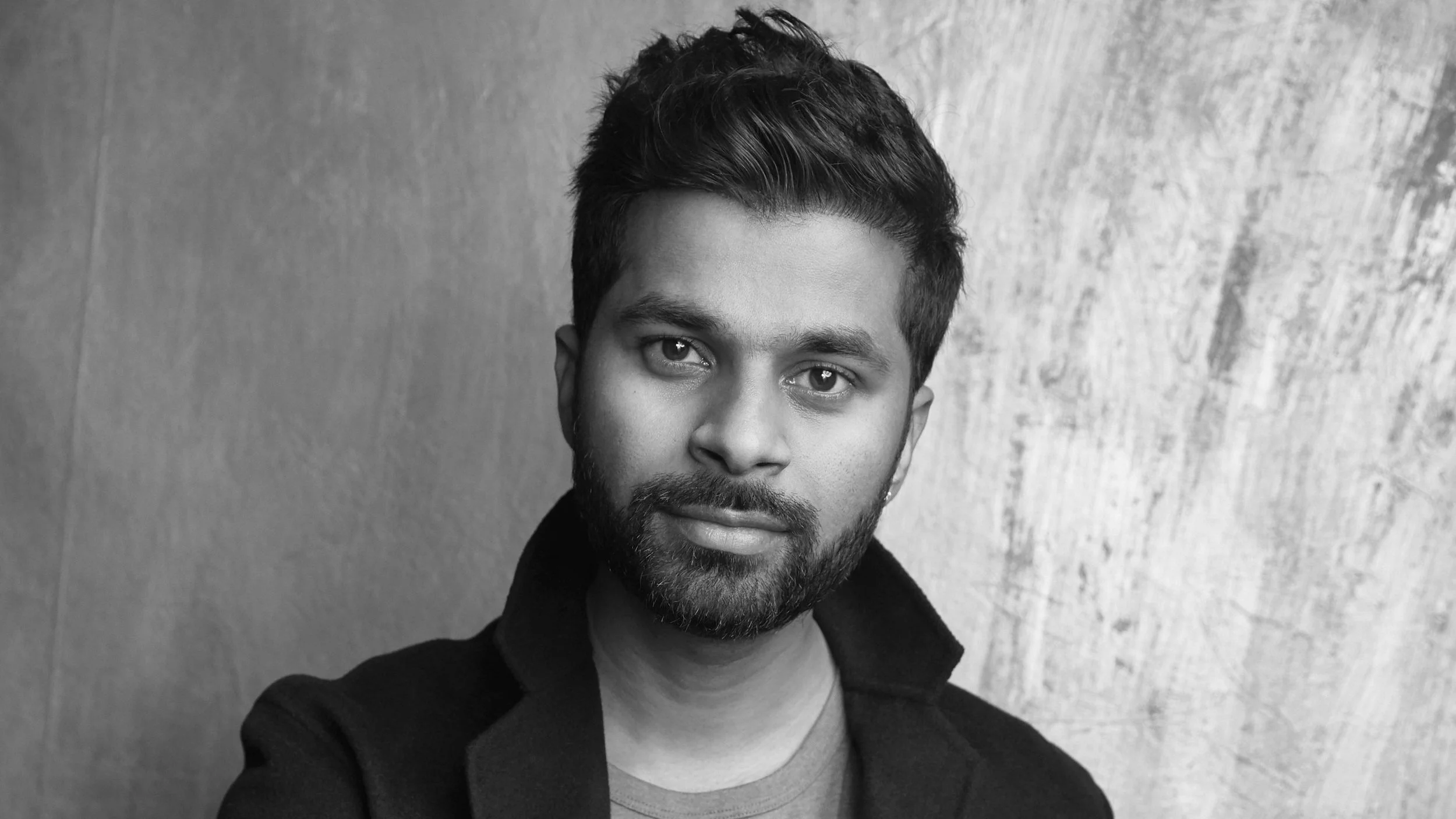Alumni Update: Abhishek Majumdar
Reflections on Some Theatre Spaces
Quite recently, I went to Burkina Faso in Africa , as part of a theatre project. Our company, Indian Ensemble, is in an international project where one of our partners is the Theatre Evasion, Burkina Faso.
On my first trip to Africa, there were obviously many surprises, but one of the key surprises was the theatre spaces, their audiences and how that questions some fundamental thinking around theatre making, programming and funding.
My co-artistic director, Sandeep Shikhar and I reached Ougadugou , the capital of Burkina Faso, in order to be with our collaborators and also see how they make their work. In a city, which is perhaps much poorer than most Indian big cities, we were surprised to find massive theatre spaces: big, open spaces with capacities of thousands of people , with some scaffolding and cover for extreme heat on the audience. And with most of these spaces, we found attached a theatre school, a dance school or a club kind of arrangement where comedy nights were arranged.
The plays that were put on in these spaces were also not commercial plays. The one we managed to watch was BubuRoi, an adaptation of Alfred Jerry’s UbuRoi by nobel prize winning African Playwright Wole Soyinka.
It was a smaller theatre ,with a capacity of 300-400 people (about the size of RangaShankara, Bangalore), had incredibly cheap tickets. For the last show of the last night of the production, not only was there a scramble for seats ,but also there were women with infants tied to their backs waiting in the queue.
What followed was an awe-inspiring performance, a take on Uburoi which was adapted to a coupe scenario from the army, which is only too familiar to the recent history of Burkina Faso. The audience was engaged, entertained, questioned, made to think and it also sang along in many parts. Ordinary people who were in the queue suddenly became extraordinary during the performance.
This re-triggered a question that has been in my own mind for long ‘what is a good theatre space?' Is it something that is large, beautiful, with good facilities, convenient, approachable, magnificent or some other thing?
I have had the good fortune of visiting and working in some very well known theatre spaces in the world. From the Lincoln Center in New York , to the Royal Court in London to the Deutsch Shauspelhaus in Hamburg or the many theatres of Yokohama in Japan. Add to this the many theatres in India. But I have not yet found an answer to these questions?
There can be many approaches to this problem. Of course there is the usual concept of affordability, access and good facilities. This is in a way given.
But then, a vital question is, who is the theatre for?
In Burkina Faso in Africa, in Egypt and even in a small German town like Bremerhaven, suddenly it seems like anyone can come into the theatre. The building itself doesn’t look like much from the outside. It is not culturally pristine, it is not new kitsch industrial, it is just what it is. Its big, working class, with 2 or 3 halls inside it of different sizes sometimes, but most importantly its not daunting to look at and come into.
A passerby can come in to the hall. Something passer byes do all the time in many other kinds of buildings.
In our country, there are some festivals like the Windermere festival in Bareilly , which has again the feeling of being invited by a family and people from various walks of life can be seen during this festival in and around the festival venue (Even though now they have a nice fancy space themselves. Beautifully done inside and yet not with an air of being so artsy that no one can get into it)
Even in our Indian theatre history, we talk of the Chabildas movement in Bombay, when some of the greatest plays of modern times were staged in this school building.
Compare this to the Metropolitan Opera in New York, The West End Venues of London or our own new kitsch spaces that are coming up at the moment in many cities. Do these venues and spaces welcome the audience or do they just mesmerize it?
Is the theatre audience , cultured in the same way as the dance or concert audience is or is the theatre audience by virtue of the form essentially the passer by who is at the moment passing by the stages although the stage inside is talking about things which are intrinsic to the way he/she lives.
In my questioning of spaces, I close this reflection by thinking of the Safdar Studio in Shadikhampur in Delhi. In an industrial part of the city , the Jan NatyaManch has created this space which from outside blends into a market which has grocery shops and Paanwaalas. Inside there is the fascinating Left word book story and the outstanding working space of the theatre.
I am aware that theatre also cannot afford to be shabby in today’s world. If it is deep, transformative and if it goes beyond the socialist realm it was conceived of, in modern post independence era and that it must have incredible aesthetics.
The question really is , what is that aesthetics and who is it for?
Can we create a theatre that has the inside of a Kathakali or Noh and the outside of the bus stand? Can anyone come in and meet their deepest layers as opposed to only the aspirational coming in and meeting their desire for spectacle and to sit next to people of their own class and kind.









